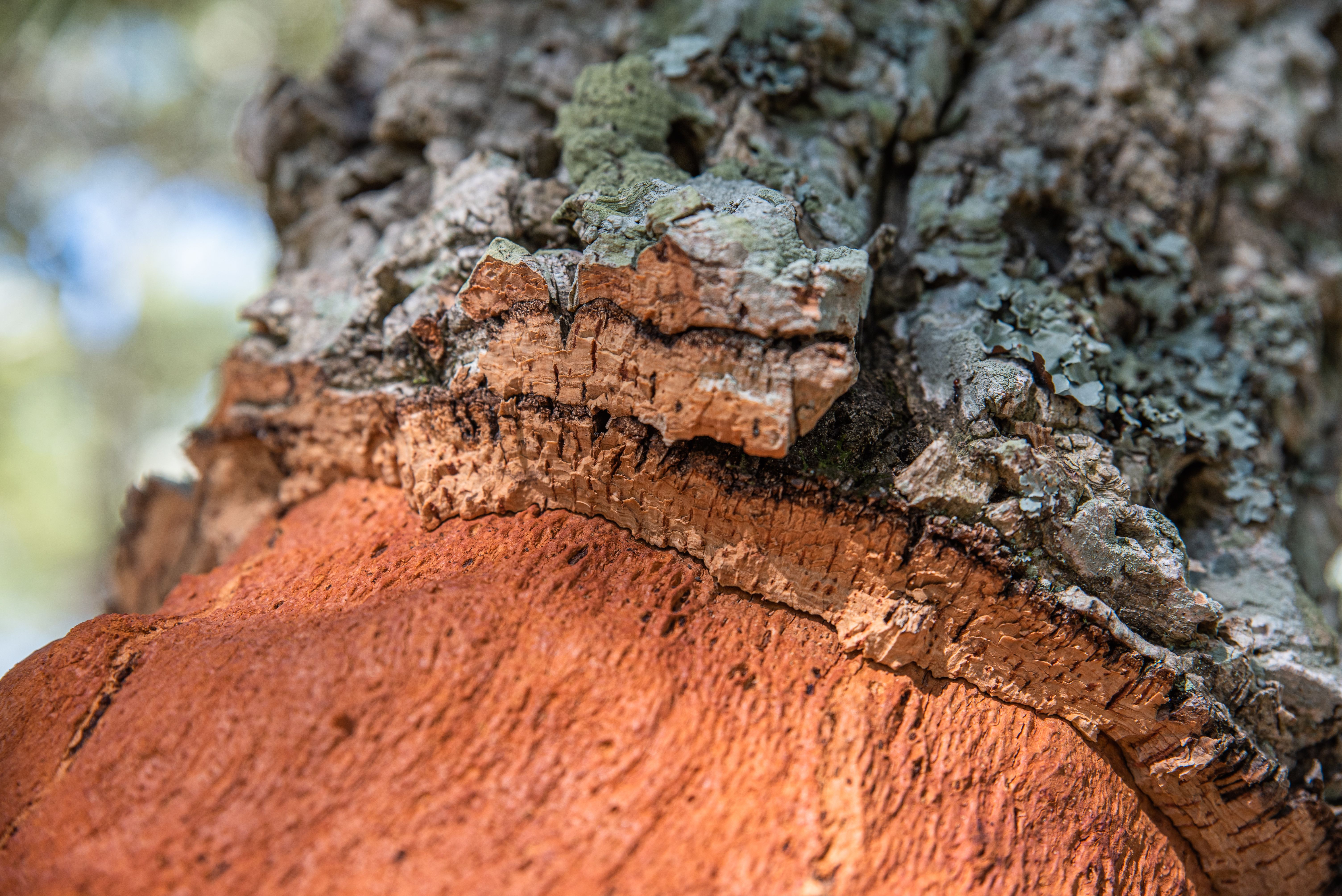Medicinal Plant Compounds Separated Using Counter-Current Chromatography
Scientists from Qilu University of Technology in Jinan, China recently separated and purified components of the Phellodendron chinense plant using different types of counter-current chromatography (CCC), a type of liquid chromatography where the mobile and stationary phases are liquids (1). Their work was published in the Journal of Separation Science (2).
cork tree bark close up, contrast, texture and copy space | Image Credit: © Joe McUbed - stock.adobe.com

Phellodendron chinense, more commonly known as Chinese corktree, is a species of plants used in medicine to help treat inflammation and bone pain (3,4). The study focused on separating and purifying eight compounds from P. chinense samples. This was accomplished via pH-zone refining counter-current chromatography and traditional counter-current chromatography coupled with online-storage inner-recycling counter-current chromatography (IRCCC).
The pH-zone-refining mode was used to separate 2.0 g of crude extract with a solvent system of chloroform–methanol–water (4:3:3, v/v). From there, 10 mM hydrochloric acid and 10 mM triethylamine were added respectively to the stationary and mobile phases. The latter separation was performed by a solvent system of n-hexane-ethyl acetate-methanol-water (5:5:2:8, v/v). By the end of the experiment, eight compounds were successfully obtained. Six of them–6-methylpiperidin-2-one(1), isoplatydesmine(4), berlambine(5), epiberberine(6), palmatine(7), berberine(8)–were identified as alkaloids, while the other two, ferulic acid and isoferulic acid, were classified as phenolic acids. All these compounds were obtained using the various counter-current chromatography methods, with purities being over 95.0%.
References
(1) Berthod, A.; Hassoun, M. et al. COUNTERCURRENT CHROMATOGRAPHY | Extrusion–Elusion. Elsevier B.V. 2023. www.sciencedirect.com/topics/biochemistry-genetics-and-molecular-biology/countercurrent-chromatography (accessed 2023-11-20)
(2) Zhu, H.; Geng, Y.; Ding, S.; Li, E.; Li, L.; Wang, X.; Yu, J. Separation and purification of alkaloids and phenolic acids from Phellodendron chinense by pH-zone refining and online-storage inner-recycling counter-current chromatography. J. Sep. Sci. 2023. DOI: https://doi.org/10.1002/jssc.202300497
(3) Phellodendron chinense. NC State University 2023. https://plants.ces.ncsu.edu/plants/phellodendron-chinense/ (accessed 2023-11-14)
(4) Phellodendron Amurense. Examine.com Inc. 2023.https://examine.com/supplements/phellodendron-amurense/
Thermodynamic Insights into Organic Solvent Extraction for Chemical Analysis of Medical Devices
April 16th 2025A new study, published by a researcher from Chemical Characterization Solutions in Minnesota, explored a new approach for sample preparation for the chemical characterization of medical devices.
Sorbonne Researchers Develop Miniaturized GC Detector for VOC Analysis
April 16th 2025A team of scientists from the Paris university developed and optimized MAVERIC, a miniaturized and autonomous gas chromatography (GC) system coupled to a nano-gravimetric detector (NGD) based on a NEMS (nano-electromechanical-system) resonator.
Common Challenges in Nitrosamine Analysis: An LCGC International Peer Exchange
April 15th 2025A recent roundtable discussion featuring Aloka Srinivasan of Raaha, Mayank Bhanti of the United States Pharmacopeia (USP), and Amber Burch of Purisys discussed the challenges surrounding nitrosamine analysis in pharmaceuticals.
Extracting Estrogenic Hormones Using Rotating Disk and Modified Clays
April 14th 2025University of Caldas and University of Chile researchers extracted estrogenic hormones from wastewater samples using rotating disk sorption extraction. After extraction, the concentrated analytes were measured using liquid chromatography coupled with photodiode array detection (HPLC-PDA).





